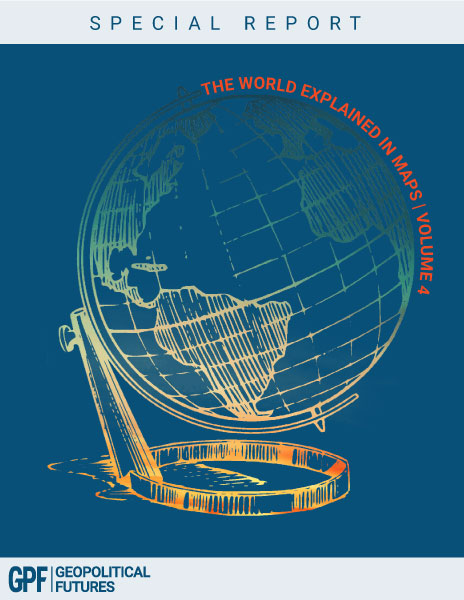Earlier this week, the G-20 summit opened in Indonesia, during which the long-awaited meeting between U.S. President Joe Biden and Chinese President Xi Jinping took place. That they met at all means the meeting was a success. That it was three hours long is encouraging too, since unsuccessful meetings tend to end quickly and are followed by inconsequential joint statements, which so far has yet to be issued. This suggests honesty, substance and the promise of future substantive talks.
Indeed, early reports from the meeting corroborate as much. The two were apparently agreeable on topics such as the dangers of nuclear weapons and the prospect of Secretary of State Antony Blinken visiting China in the future, even as they reiterated the fact that they are competitors with different views on issues such as Taiwan. Xi allegedly even said the American model of democracy is obsolete.
As I have argued for a year, progress on this front owes not to the virtue of either side but to the geopolitical realities in which they operate. For the United States, the confrontation was anchored in economics. From the U.S. perspective, China has yet to provide ready access to its market for American goods and has been manipulating the value of the yuan to maximize trade and investment – a charge levied years ago by the Obama administration. Washington argued that given the amount of investment and technology provided by American firms, China needed to be forthcoming, especially since public sentiment suggested the U.S. had been exploited by China. China was in no position to comply with American demands without undermining its own economy. Thus was the American foundation laid.
For China, American economic demands signified a military threat. Beijing could not accommodate the United States and feared an American military response. China is an exporting power, and its well-being depends on the ability of its goods to pass from its east coast ports to the South China Sea into the Pacific and then into the world. The United States could, in theory, mine or close those ports by other means. China’s response to this possibility was to appear as aggressive as possible to convince the U.S. that its economic demands could mean war and that China could defeat the U.S. Navy.
It never meant to break China’s economy; it meant to use the threat of breaking it to influence Beijing’s response. Likewise, China never intended to go to war with the United States; it wanted to convince the U.S. it was a real enough possibility to induce a policy change. Each appeared ferocious, but each was careful not to push the other too hard.
Two things brought this to a head. The first was Russia’s attack on Ukraine. The willingness of Washington to wage a clever war, marrying U.S. weapons to Ukrainian forces, demonstrated a capability China did not believe the United States had in its repertoire. China’s alliance with Russia, which was designed to confront the United States in two theaters, collapsed before it was put in place. China reevaluated America’s military power, will and alliance structure and saw a military conflict as more dangerous to China than to the U.S.
The second was the continued deterioration of the Chinese economy. A long-term cyclical force created a massive downturn that has threatened social stability. Regulations on imports from and investment in China could make a bad situation worse. Put differently, China has a lot at stake in their relationship. The United States doesn’t. Absent a military threat, the U.S. benefitted from low-cost Chinese products. The U.S. has little to gain from a military confrontation and plenty to gain from economic cooperation. China had no desire for a war it might lose, and the U.S. had no interest in an economic crisis in China. Economic amelioration is very tempting, so long as it’s possible. The meeting this week shows it may well be possible.






